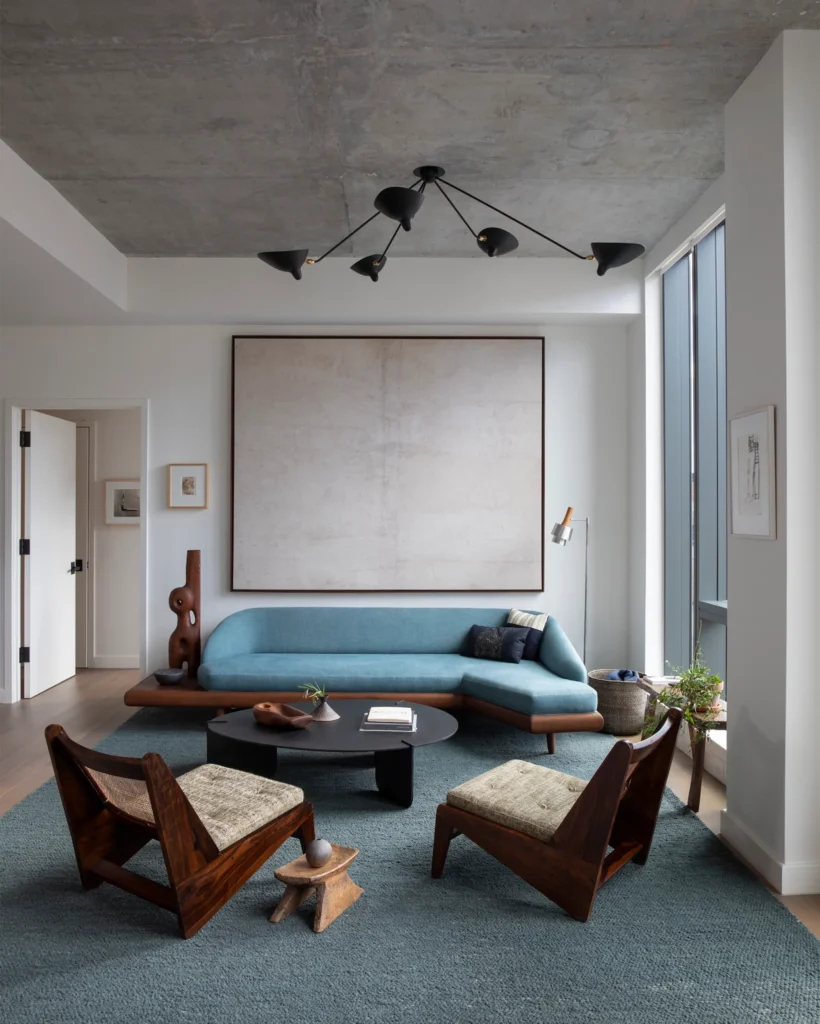
Photo © Don Freeman; courtesy of Sandra Weingort
In my recent Interior Design: Then and Now program, I asked Sandra Weingort to share her design mantra. “I never buy anything that is not handcrafted,” she told me, “because I am not attracted to anything that feels mass-produced.” This phrase captures the essence of well curated interiors today—the quest for authenticity through the mark of the human hand that is currently permeating the design zeitgeist. Handcraft has usurped the role once played by industrial products in interiors, because high quality handcraft connects us to a wider world of creative culture, linked to history, nature, and the masterful makers themselves.
Working mainly with clients in Manhattan, Weingort transforms her passion for rare and artisanal decorative arts, past and present, into warmly sophisticated interiors teeming with soulful, handcrafted objects, each charged with its own distinctive story. In fact, every project begins with the selection of objects, which serve as the foundation for her overarching schemes. She has a penchant for sourcing pieces of exceptional personality and then arranging them in original, bespoke compositions.
Weingort’s career began in the office of prolific architect and AD100 Hall-of-Famer William Sofield. Enjoying a rock-star status for decades, Studio Sofield has earned a reputation for incubating outstanding interior design talents. During her tenure there, Wiengort learned that greatness is rooted in heritage, craft, and attention to detail, as well as in research, connoisseurship, and collaboration with contemporary artisans. Praising Sofield for enabling her to find her own voice, she enthused, “he is a world of knowledge.”
Weingort absorbed that knowledge and went on to open her own practice in 2012. A few years later, her career took off rather suddenly—in an unexpected moment during the pandemic—thanks to images she posted to her Instagram account that showcased her work on a Lower East Side pied-à-terre. For this petite, two-bedroom downtown residence, she composed the interiors like a maestra, harmoniously blending vintage and contemporary furniture and accessories, with an emphasis on wood and metal elements set amid palettes of cool blues and grays.
The Lower East Side project became Weingort’s calling card, establishing her signature vision and drawing a steady stream of new clients. In our conversation, she noted that the design objects she installed in the space made it come alive—resulting in an environment that is visually interesting but also personal and unique. Standouts include a mid-century sofa by American architect Adrian Pearsall, a pair of Kangaroo chairs designed by French architect Pierre Jeanneret for Chandigarh in the 1950s, and a classic five-arm Tétine ceiling light by French designer and goldsmith Serge Mouille. For me, the master bedroom is especially compelling for its juxtaposition of an Akari standing lamp by Isamu Noguchi alongside a small table lamp by Ymer & Malta, which the contemporary French brand designed in homage to the legendary American artist-designer.
Weingort sees herself as an educator whose mission is to encourage her clients to develop their own tastes and connoisseurship by exploring the stories behind the pieces and enjoying the process of acquisition. Nothing is more rewarding, she said, than witnessing this evolution. It’s always personal, though. Weingort shared an experience she had with a pair of lounge chairs by German architect Egon Eiermann. These pieces, characterized by a powerful, exotic silhouette, were designed in 1940, during the WWII, when Eiermann was employed as an architect by the Nazi regime. For this reason, one Jewish client rejected them. Later, another Jewish client, descended from Holocaust survivors, embraced the story and welcomed the set into their home.
While Weingort’s interiors are often filled with iconic 20th-century masterpieces, she is wholeheartedly committed to reviving lesser-known names from design history as well. Ceramics, in particular, hold a special place in her heart and practice, and she dedicates 20% of each furnishings budget to objets d’art in clay. Never settling for re-editions, she regularly shops the world’s most respected and scholarly design galleries, like Demisch Danant, Magen H, R & Company, Morentz, and Sarah Myerscough. Timeless pieces, she believes, become an integral part of her clients’ biographies.
When asked to share some of her design heroes, Weingort called Louis Kahn “the ultimate inspiring architect.” Born in Colombia, she also has a strong affection for Colombian textiles, like the contemporary, minimalist adaptations of traditional weaving techniques seen in the work of both Verdi and Hechizoo. Renowned Bogotá-based fiber artist Olga de Amaral, Weingort said, “was a part of my upbringing.”
As Weingort has perfected her vision over the years, she has immersed herself more and more deeply in design history, which has inspired her to try to track down vintage furniture and lighting designs she discovers in old auction catalogues and antique books. Given the number of fakes showing up in secondary markets—a state of affairs she called “dangerous”—the provenance of her acquisitions has become increasingly important. Patina alone is not enough; each piece must be well documented. Interior designers, in Weingort’s view, have been entrusted to deliver pieces that are “correct,” even when the process of authentication takes a long time. Fueled by her eye the rare, the novel, and the collectible, Weingort does not shy away from the effort required to craft extraordinary interiors layered with meaning, value, and charisma—even as she makes the work look effortless. This article was published today in Forum Magazine by Designi Miami/.
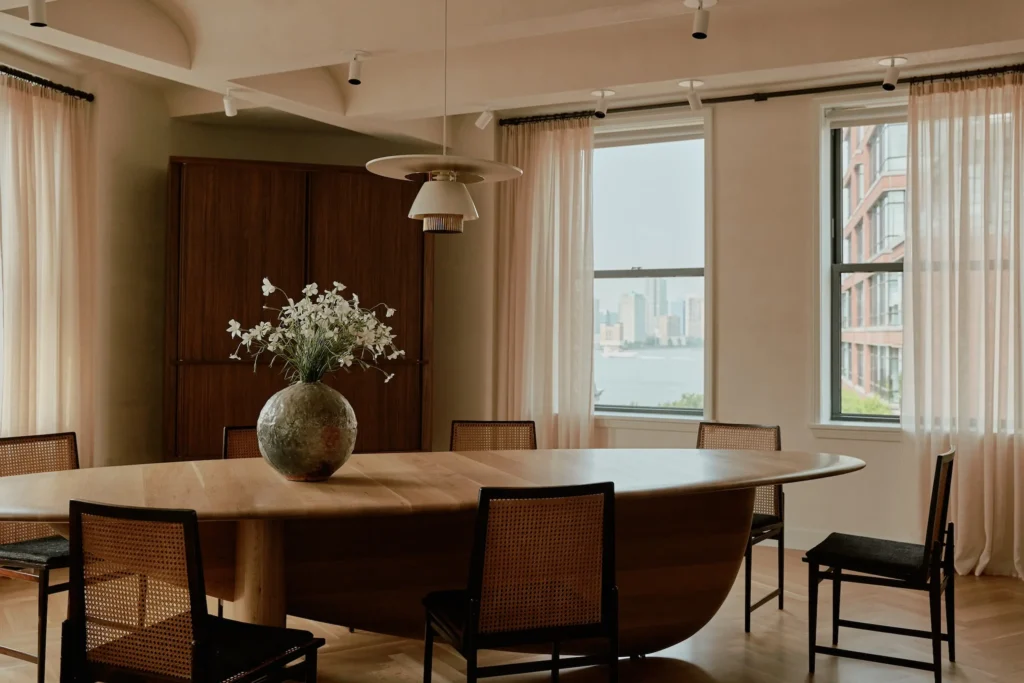
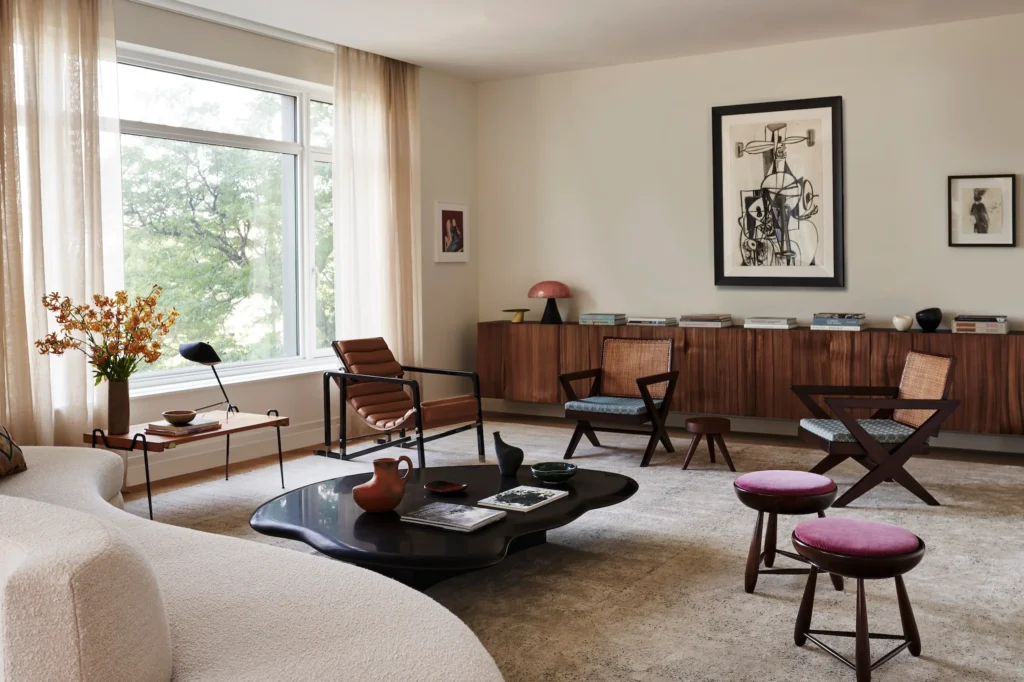
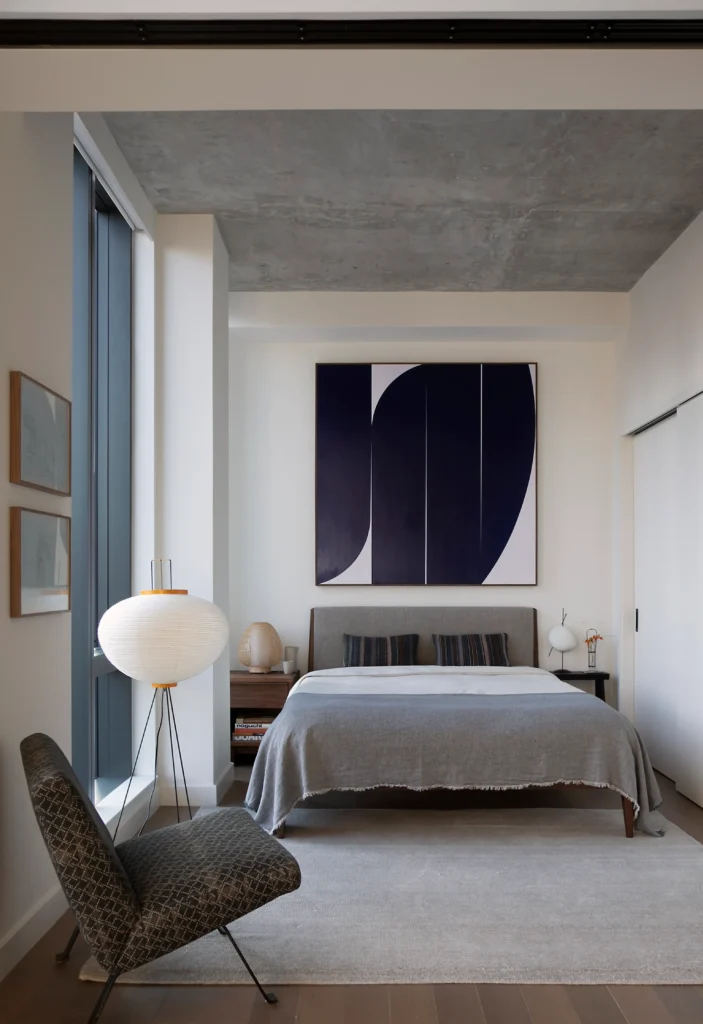
Photos © Don Freeman; courtesy of Sandra Weingort.
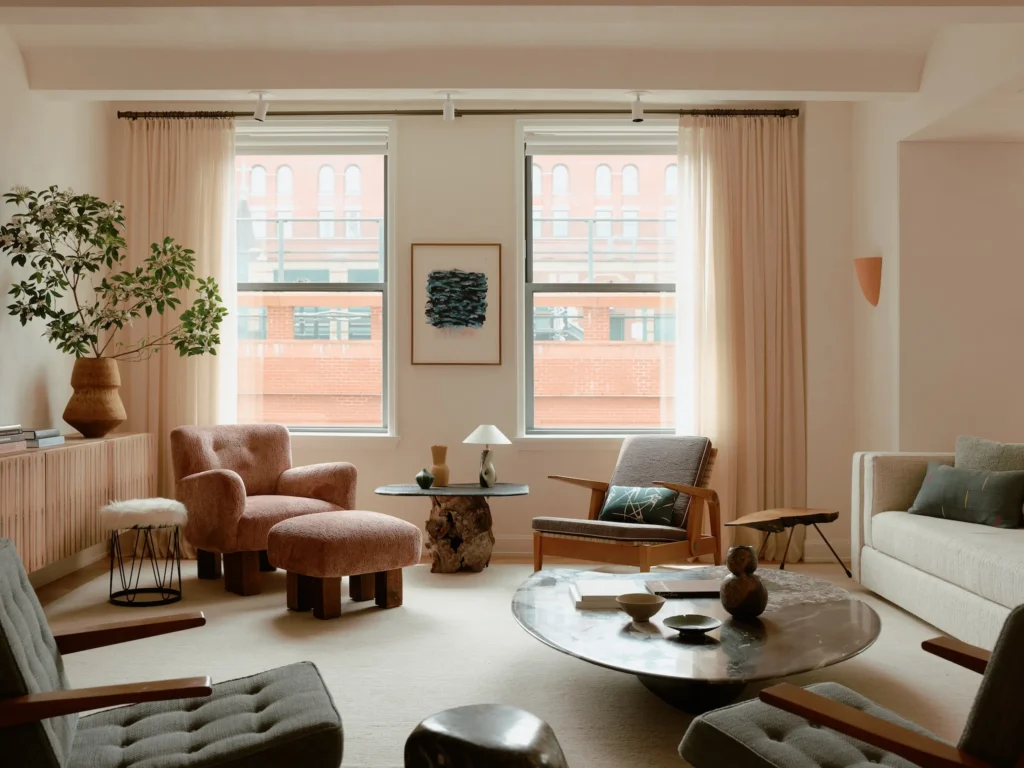
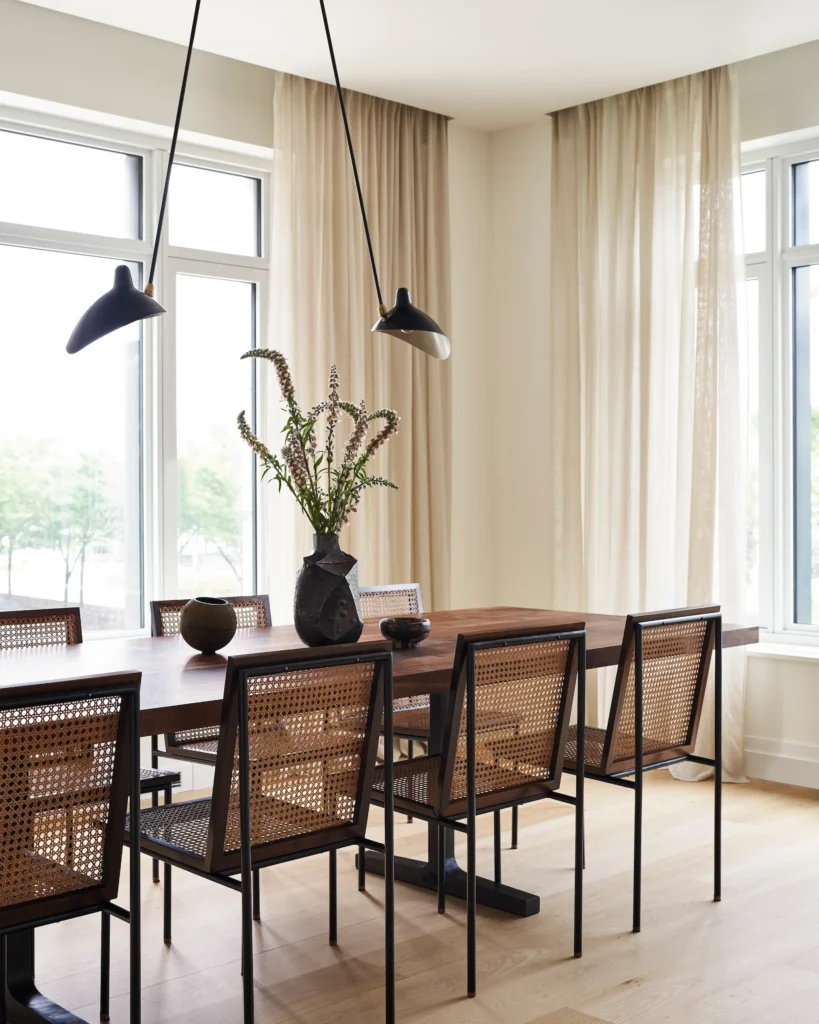
Photos © Adrian Gaut; styled by Colin King; courtesy of Sandra Weingort.

